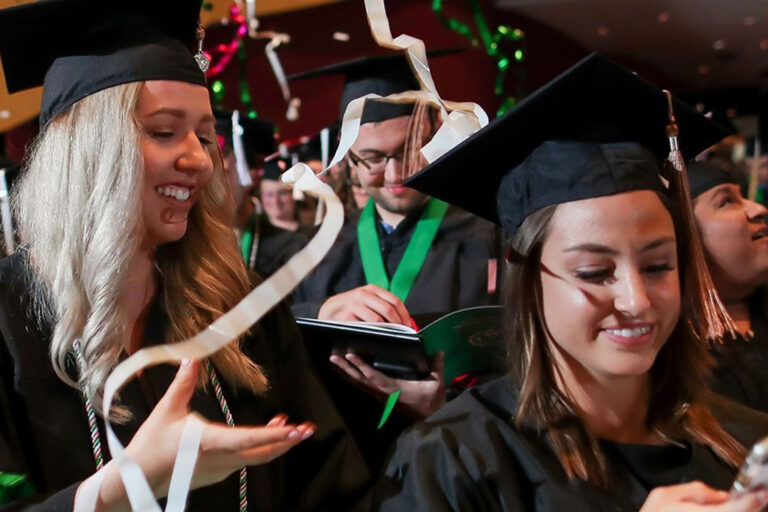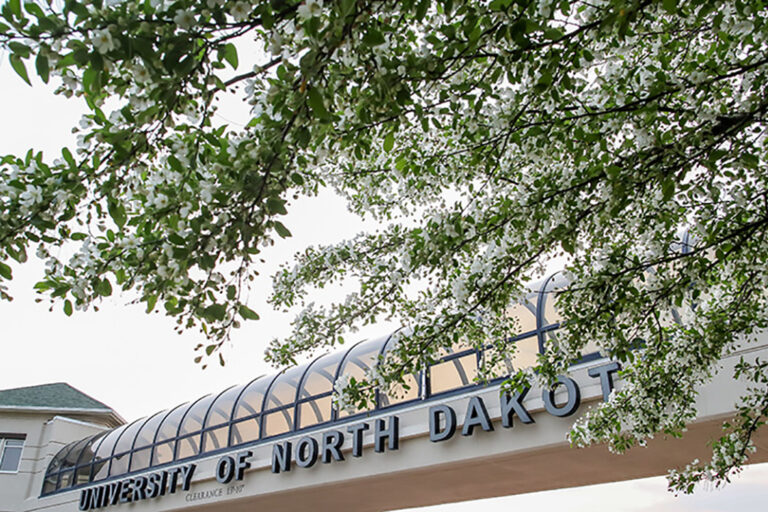COVID-19 and Medical Education: The Good, the Bad, and the Ugly
 COVID-19 has triggered the use of some new methods of learning in medical education. The lessons learned throughout this process have reminded us of the importance of resilience and adaptability in unprecedented times.
COVID-19 has triggered the use of some new methods of learning in medical education. The lessons learned throughout this process have reminded us of the importance of resilience and adaptability in unprecedented times.
The Good
Online and asynchronous learning meant that students were able to attend Zoom sessions, which eliminated them from travel to and from the classroom. Self-monitoring and individual learning study time became intertwined with group sessions. Accordingly, educators needed to review their lectures since in person educating was challenging to get those dynamic pieces of information delivered without the “personal” touch of the instructor. In the end, instructors needed to make lectures more dynamic in a two-dimensional format.
The Bad
Physical distance learning has hindered interpersonal contact and interaction between medical students and faculty. Observing the body language of students and faculty is limited, meaning what is heard vs. what was said may be two different things. After all, instructors do observe students in lecture to assess what the audience is connecting with and what they may not be grasping. It is harder for a lecturer to change things up midstream to reconnect with the audience, while at the same time maintaining the students’ opportunities to cultivate the necessary communication and empathy skills for interacting with patients and their colleagues.
Going through medical school during a pandemic such as COVID may contribute to the development of psychological distress, including prompting anxiety, depression and other stress. Medical students are recognized as an at-risk group for developing anxiety disorders, even under normal conditions. Medical students typically encounter stressful situations, but now with COVID-19 there is potential to affect medical students physically, academically, financially, and psychologically. The effect of current pandemic has an enduring transformation on medical education and is likely to have long-lasting repercussions on student learning. The transition from on-campus medical school settings to home environments results in isolation, stress, lack of concentration, reduced interaction with peers, and disturbance caused by family affairs, for which we all need to be understanding and empathetic during this time.
We must remain optimistic as medical education evolves, and as the medical institution makes the evolution as transparent at possible. As medical education makes use of more digital education in lieu of in-person teaching and learning, it runs the risk of producing highly qualified people with underdeveloped human or social skills.
The Ugly
COVID vaccines have brought up debate and new policies in all areas, particularly with regard to vaccination requirements, and trusting medical recommendations and policies. Differing views can challenge the mental stability as well as the commitment of our students in continuing this career path. There can be backlash in the health field for not being vaccinated due to factors related to: the concern of working in the health field and one’s own health, insurance coverage, and the inequity of care due to socioeconomic factors, among others. Let’s not forget the trauma in our society connected to racial and ethnic difference that students need to try to understand all while being mindful of how such social issues affect learning. Medical programs need to have increased conversations surrounding diversity and inclusion and the medical field respect to COVID.
Increased social media activity (Good, Bad, or Ugly?)
Digital learning environments and anonymous responses, reactions, statements, comments and professionalism of medical students on social media is viewed, reviewed, and assessed in different ways. And the rules have changed, whether students know it or not. Do we judge student professionalism when they think they are on mute in a session, or if something in the background becomes visual, which can be outside of their control? If something is viewed to be unacceptable to another student, does the institution now need to monitor or assess a student on their personal life? Political subjects, controversial issues, and other debatable topics are all things that one can have an issue with, but these are things that we may not see with in-person lectures. In Zoom lectures, students are actually “on” all the time, and have to be professional the whole time and always be aware of what they say and do while they are in the privacy of their “classroom setting,” which for many students is in their home. It is easy to forget that the space that is normally their sanctuary is not private during their Zoom classes, and that can be draining. This issue is similar to the psychological process of social media that allows others in society to have an anonymous voice to say and do things, without facing the consequences of seeing those that are being hurt or are uncomfortable by what is said in a comment. Hiding behind a screen makes some feel uninhibited and forgetful that what we say in a Zoom session is not so easy to take back, correct, or even to understand as to why it was damaging.
The main takeaways for medical schools are to: 1) maintain an individualized and learner-centered ethos while remaining dynamic, flexible, and ready to embrace both immediate and incremental change; 2) maintain open lines of communication; 3) implement policies and practices that support students’ academic, physical, and mental well-being; 4) engage and support students who bear historically disadvantaged identities on the basis of race, ethnicity, sexual orientation, gender, or disability; 5) support creative and collaborative partnerships between medical institutions and students to ensure the ongoing evolution of medical education to meet the needs of learners and patients.
By Val Becker


